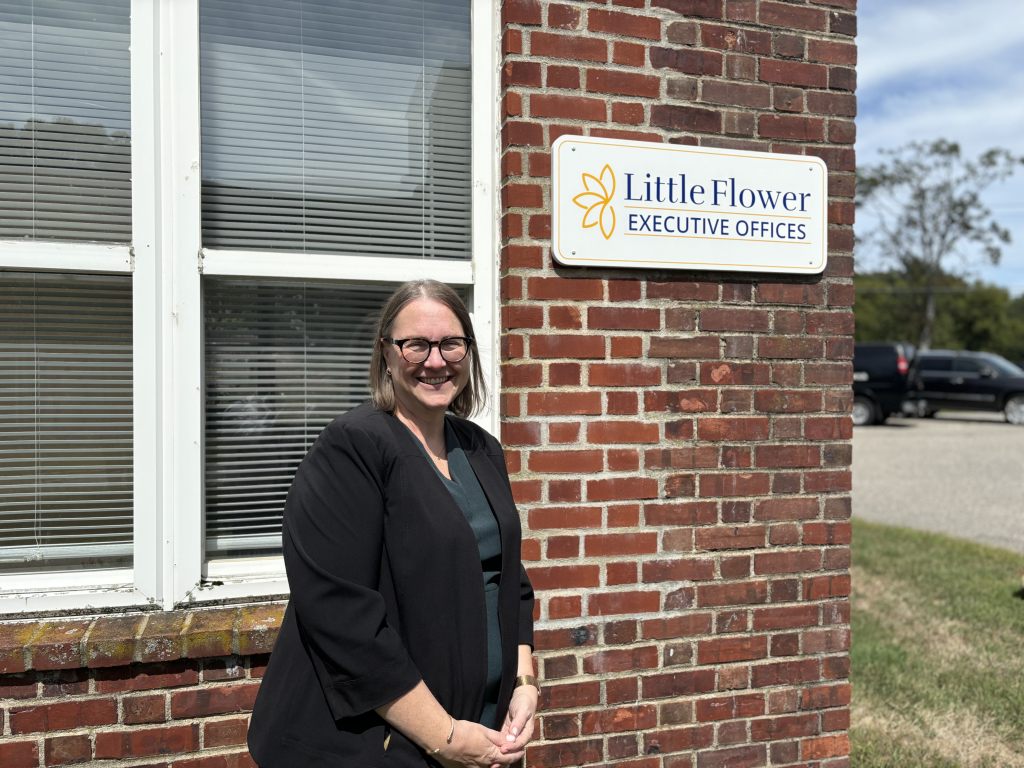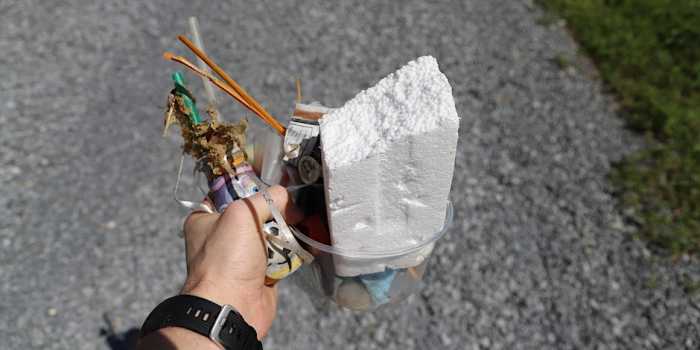Hamptons Turtle Makes Miraculous Recovery After Being Crushed By Car

This past summer, a turtle was released after making a miraculous recovery fighting a near year-long rehabilitation. Solaria had been hit and completely crushed by a car on Old West Lake Drive in Montauk, suffering numerous fractures, and was rescued and named by the Turtle Rescue of the Hamptons.
The Turtle Rescue of the Hamptons is a turtle rehabilitation center located on the North Fork of Long Island, equipped to handle 200 turtles annually. Solaria was admitted into their care with a double bridge fracture after the car’s tire went over her and crushed her down. Karen Testa, executive director of the organization further explains, “a double bridge fracture means that the piece of bone for the shell that holds the top and bottom shell together was broken.” When broken, that connecting piece causes terrible pain and can be extremely deadly.
When Solaria was first called in, Dr. Turetski, a veterinarian in East Hampton, responded to the call.

“Dr. Turetski specializes in emergency assessment when the animal cannot be immediately taken to a wildlife center,” Jennifer Faga, local veterinarian and wildlife rescuer, said. “He has his own practice and works on animals in dire circumstances like this one.”
After being stabilized by Dr. Turetski for a short period of time, Solaria was transferred to the Turtle Rescue of the Hamptons, and rehabilitated with the rescue for almost a year until this summer, when she finished her rehabilitation and was successfully released.
“It’s really important to take care of these guys because they take care of our ecosystems,” Testa added. “Turtles are both an indicator and a keystone species.”
Being an indicator species means that turtles are affected by the chemicals we spray on the ground, such as pesticides, while being labeled as a keystone species means that the ecosystem around such species is dependent on it. Turtles disperse seeds, fertilize the ground, clean the water of bacteria, and maintain health around their ecosystem. Yet despite this, on Long Island, turtles are in constant danger.
“Turtles can live for 40-60 years, but like Solaria, are constantly hit by cars but many of their lives are constantly cut short,” Testa said.
Turtles are only out from April to October, and when they are not out during the year they hibernate and live underground. A common misconception is that New York turtles are to be released in the ocean, however we don’t have any ocean turtles in New York, only migrating Florida turtles. While native turtles enjoy water, such as lakes, ponds, and the rain- to feed on slugs- no rescued turtles should be ever released into New York oceans.

“Turtles also dig and stay underground when it’s hot out,” Testa said. “All turtles, even terrestrial species, like water, so check your pools because turtles like to go into pools during the summer when they are out, however it can be dangerous due to the high chemical concentration.”
Since turtles live underground, if you are thinking of bulldozing your land, this organization has a dog that sniffs out turtles.
“Most wildlife can leave, but turtles won’t and often get squished,” Testa explained.
The dog will help sniff out turtles before you activate the land.
Turtles can get stuck in window wells, basement steps, and most importantly, crab traps. “There are no safety measures to most crab traps, and accidental turtle deaths from these traps occur every summer, ” she states. The Turtle Rescue of the Hamptons provides free TED doors, or Turtle excluder device doors, to help reduce their deaths.
“There are 11 species of turtles, and nine are endangered in New York,” Testa said. “And it’s because people mistreat them and do things like painting their shells, and then the chemicals seep through into the turtle.”
Turtles are protected by NYSDEC, so you cannot legally bring them inside your homes – yet people ignore the law and keep adopting wild ones.
To help prevent situations like Solaria’s from occuring again, if you see a turtle crossing the road, pick up the turtle and place him always where he’s going.
“Sometimes turtles move after they see you, so put him in the direction he was headed before the turtle saw you,” Testa added. “And away from the road as much as you can too.”
The Turtle Rescue of the Hamptons center is located at 111 Manor Lane in Jamesport. It can be reached at 631-779-3737, and is open 7 a.m.–5 p.m. seven days weekly, with a 24-hour hotline. Visit turtlerescueofthehamptons.org for more info.









